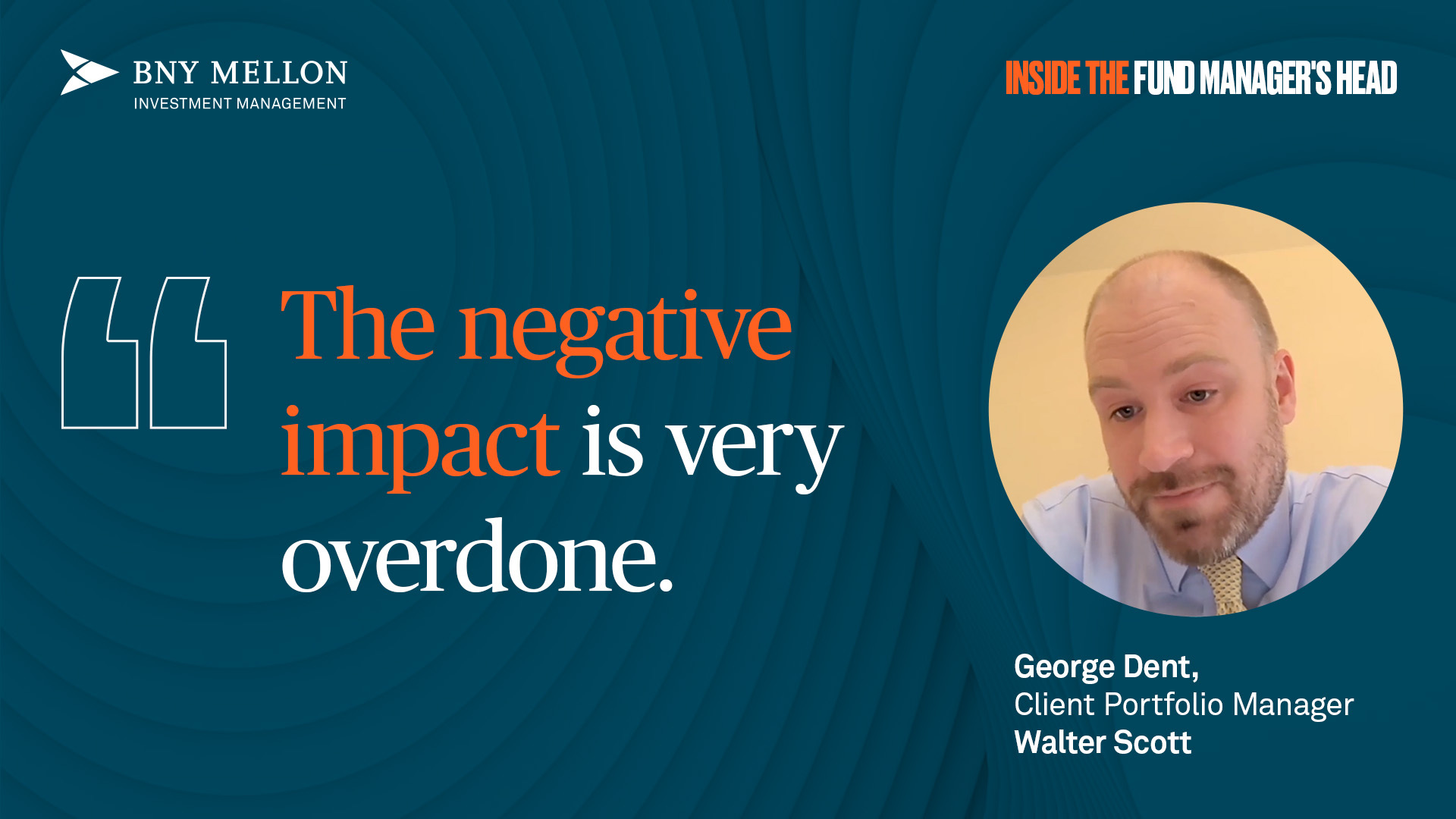Markets have been a bit jumpy in October and, as ever, investors look to back-fill events with a suitable rationale, ranging from trade wars and slowing economic indicators, to higher interest rates. 
In this case, the most likely proximate cause was higher US interest rates, as it was in the sell-off at the beginning of the year. Until recently, markets had been worried about a flattening US yield curve and whether it was heralding a recession but, more recently, they’ve been worrying about the move higher in US Treasury yields. The constant in both scenarios is the rising short end, driven by the US Federal Reserve’s clearly signposted tightening cycle.
More precisely, it was the pace of the move higher in US long yields, and the fact that they broke through important resistance levels, which drove the recent cross-asset contagion. However, the resultant sell-off in equities then saw bond markets stabilise, as investors sought safe-haven assets, and so the negative correlation between US Treasuries and US equities resumed.
However, the impact of bonds as an automatic stabiliser was limited, as yields are still pretty compressed, so protection potential is limited. In addition, many active investors are running short duration bond portfolios to limit the impact of expected higher Fed rates, compounding the reduced effectiveness of bonds balancing out any equity stress in portfolios.
Zooming out from US Treasuries to the wider financial market environment, stress is by no means widespread. Emerging market currencies have stabilised recently, in part because the US dollar hasn’t continued to strengthen, while US high yield corporate bond spreads have widened a bit, but remain historically pretty tight and close to where they were at the start of the year. Any elevated and sustained stress in markets will feed through to the real economy, but we’re not at that stage currently.
In terms of the real economy, for some time it’s been dominated by strong corporate earnings and economic growth, though there are inflationary pressures building. This broadly positive backdrop is currently being tested, as we move through the third quarter corporate earnings season, especially the question of whether wage growth is hurting margins and whether an extended trade war is impacting activity. So, trade war fears linger on, as do concerns about how effective Chinese policy will be, and for those investing in UK assets, Brexit deadlines are looming fast.
One of the main questions has to be whether equities can absorb higher bond yields and, if they can, which part of the market leads? If any moves higher in bond yields are gradual, rather than disorderly, it’s much more likely equities can move forward. In terms of which part of the market leads, this is currently unclear, as sector rotation has been evident but hasn’t left consistent winners or losers. It could end up being less about sectors and more about stock characteristics, for example whether they are less indebted or whether they have some ‘inflation-proofing’.
Our base case remains one of strong economic growth, rising inflation and gently higher interest rates. This has led us to position for a ‘survival of the fittest’ environment within financial markets, as the more forgiving environment of QE disappears into the past. It doesn’t feel like a perfect storm, though, as ever, there are numerous risks out there. Key at the moment has to be policy risk, and the pressure is rising, with wage growth moving higher across most major economies.
Anthony Rayner is manager of Miton's multi-asset fund range. The views expressed above are his own and should not be taken as investment advice.





